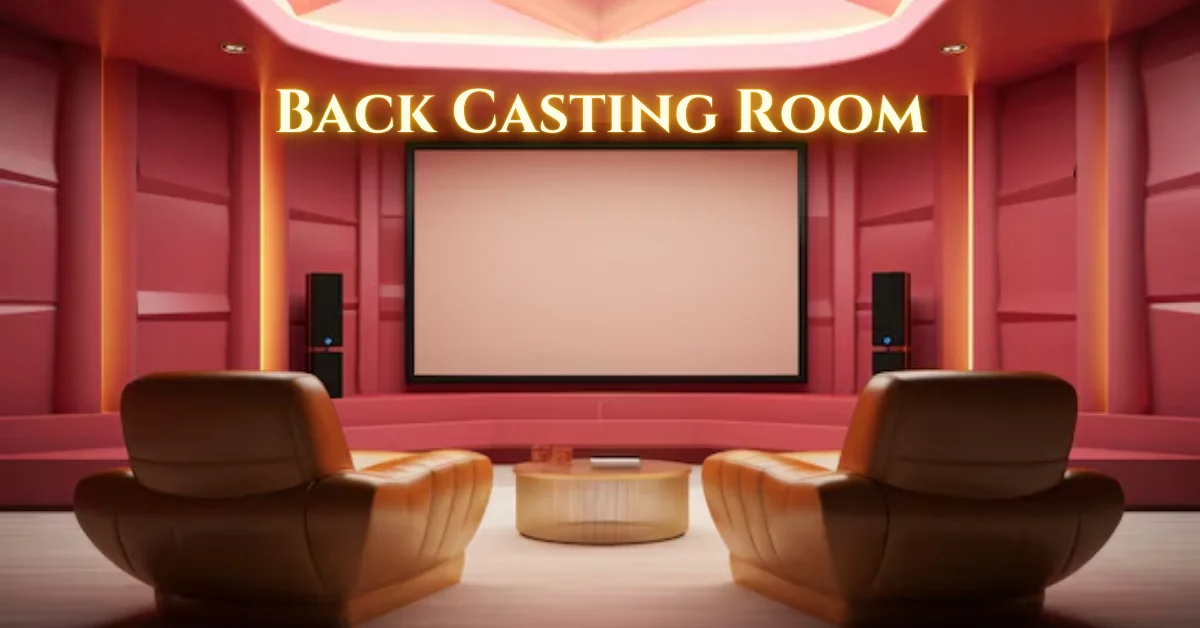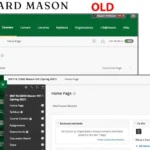Introduction to Back Casting Room
Imagine stepping into a room where the future is not just a distant dream but a tangible goal. This is the essence of the Back Casting Room, an innovative approach to strategic planning that flips traditional thinking on its head. Instead of gazing into a crystal ball to predict what tomorrow might bring, this method encourages teams to envision their desired outcomes first and then work backward to devise actionable strategies for achieving them.
In today’s fast-paced world, organizations face unprecedented challenges and opportunities. The ability to be proactive rather than reactive can make all the difference in staying ahead of competitors and adapting to changing market dynamics. As we explore what makes the Back Casting Room so vital in shaping future strategies, you’ll discover how this transformative concept can empower your team and drive success. Let’s dive deeper into this dynamic approach that could redefine your organization’s path forward.
ALSO READ: Efficient Strategies For Payroll Management In Modern Businesses
What is Back Casting Room?
Back Casting Room is a strategic planning concept that flips the traditional approach on its head. Rather than projecting future outcomes based on current trends, it starts at the end goal and works backward.
This method allows organizations to visualize their desired future state clearly. By identifying key milestones, they can outline actionable steps to achieve those objectives.
In a Back Casting Room setting, teams engage in collaborative discussions to explore possibilities and define pathways. This environment fosters creativity and encourages innovative thinking.
The approach is not just theoretical; it’s practical too. Teams can create tangible strategies applicable to real-world challenges while remaining flexible in their execution plans.
As organizations navigate complex landscapes, understanding what constitutes a successful outcome becomes essential for effective strategy formulation.
The Importance of Back Casting Room in Strategic Planning
A Back Casting Room is vital for organizations aiming to shape their long-term strategies. It shifts the focus from predicting future events to envisioning desired outcomes and working backwards.
This approach creates a roadmap that aligns immediate actions with ultimate goals. By visualizing success, teams can identify necessary steps and resources more effectively.
Moreover, it fosters creativity and innovative thinking. Participants are encouraged to explore unconventional methods rather than sticking solely to conventional forecasting models.
The collaborative nature of a Back Casting Room also strengthens teamwork. Stakeholders engage in meaningful discussions, breaking down silos within the organization.
By prioritizing objectives over predictions, businesses become more adaptable in an ever-changing environment. This flexibility allows them to pivot when faced with unforeseen challenges while staying true to their vision.
How Back Casting Room Differs from Forecasting and Scenario Planning?
Back casting room takes a distinct approach compared to forecasting and scenario planning. While forecasting primarily focuses on predicting future trends based on existing data, back casting starts with a specific desired outcome and works backward to identify the necessary steps.
Scenario planning explores various potential futures by considering different variables and uncertainties. It’s about assessing multiple pathways. In contrast, back casting room zeroes in on one ideal future, creating actionable strategies that bridge the gap between now and then.
This method encourages innovative thinking by prioritizing end goals rather than worrying about current limitations. Teams can experiment without being constrained by present realities. This focus fosters creativity and long-term vision—elements often sidelined in traditional methods of strategic planning.
The Process of Back Casting Room
The process of a Back Casting Room starts with defining the desired future. This vision serves as the anchor for all subsequent discussions and activities.
Next, stakeholders gather to brainstorm potential pathways that could lead to this envisioned outcome. It’s essential to foster an open atmosphere where creativity flourishes, allowing diverse perspectives to emerge.
Once different scenarios are proposed, teams evaluate each option’s viability and implications. They analyze resources required, risks involved, and potential obstacles along the journey.
Mapping backward from the desired future helps identify critical milestones. Each milestone acts as a stepping stone toward achieving long-term objectives.
Detailed action plans are crafted based on these insights. These plans outline specific tasks and responsibilities necessary for moving forward effectively in alignment with strategic goals.
Examples of Successful Back Casting Room Strategies
One standout example of a successful back casting room strategy comes from the city of Copenhagen. The city’s ambitious goal to become carbon-neutral by 2025 led to a comprehensive planning approach that involved stakeholders across various sectors. By envisioning their future, they identified key milestones and actions necessary to achieve sustainability.
Another notable instance is found in tech companies like Microsoft. They frequently utilize back casting techniques when launching new products or entering markets. By starting with the desired outcome, such as user satisfaction or market penetration, teams work backward to establish concrete steps for development and marketing.
In the nonprofit sector, organizations like the World Wildlife Fund have adopted this method for conservation initiatives. By visualizing long-term ecological goals, they can devise actionable plans that address environmental challenges effectively while rallying community support around shared visions.
Potential Challenges and Limitations of Back Casting Room
While the Back Casting Room offers innovative ways to strategize, it isn’t without its hurdles. One primary challenge is the reliance on accurate assumptions about future conditions. If these assumptions falter, so does the entire plan.
Additionally, engaging stakeholders can be tricky. Some may resist this forward-thinking approach, preferring traditional forecasting methods that feel more grounded in reality.
Time investment is another concern. The process requires considerable effort and resources for effective implementation. Organizations often juggle multiple priorities and may struggle to allocate adequate time for back casting efforts.
Measuring success can pose difficulties as well. Unlike straightforward metrics found in conventional planning methods, back casting outcomes might not show immediate results or clear indicators of progress.
Tips for Implementing a Back Casting Room Approach
Start by assembling a diverse team. Include members from various departments to bring different perspectives and expertise. This diversity will enrich the discussions and outcomes.
Next, establish a clear vision for your Back Casting Room. Define what success looks like in the long term. Having this vision guides the entire process and keeps everyone focused.
Encourage open dialogue and creativity within your sessions. Create an environment where all ideas are welcomed, fostering innovation without judgment.
Utilize visual aids like charts or timelines during brainstorming sessions. These tools help participants visualize pathways to their goals, making abstract concepts more tangible.
Be flexible with your approach. Allow room for adjustments as new information arises or if initial assumptions change over time. Adapting is key in strategic planning that aims toward future possibilities.
Conclusion
The Back Casting Room is an innovative approach that can transform how organizations strategize for the future. By focusing on desired outcomes and working backward to identify necessary steps, businesses can create robust plans that align with their long-term goals.
Understanding its unique place in strategic planning sets it apart from traditional methods like forecasting or scenario planning. The process fosters creativity and encourages teams to think outside conventional boundaries.
While there are challenges associated with implementing a Back Casting Room—such as potential resistance to change or the need for skilled facilitators—the benefits often outweigh these obstacles. With careful consideration and commitment, companies can leverage this methodology effectively.
By embracing a Back Casting Room approach, organizations not only enhance their strategic capabilities but also position themselves for sustainable success in an ever-evolving landscape. As industries continue to face rapid changes, those who master this technique may find themselves ahead of the curve, equipped with actionable insights tailored to their vision.
ALSO READ: Web&Store: The Ultimate Hub for Seamless Online Shopping
FAQs
What is a “Back Casting Room”?
A Back Casting Room is a strategic planning method that starts with a desired future outcome and works backward to create actionable steps to achieve it.
How does Back Casting Room differ from traditional forecasting?
Unlike forecasting, which predicts future trends, Back Casting Room focuses on visualizing a specific end goal and mapping out the steps needed to reach it.
Why is the Back Casting Room important for strategic planning?
It helps organizations be proactive, align immediate actions with long-term objectives, and encourages innovative, creative thinking for future success.
What are the key challenges of using the Back Casting Room approach?
Some challenges include resistance to change, the need for accurate assumptions, time investment, and difficulty in measuring immediate success.
Can you provide examples of successful Back Casting Room strategies?
Successful examples include Copenhagen’s goal to become carbon-neutral by 2025 and tech companies like Microsoft using the approach for product development.











